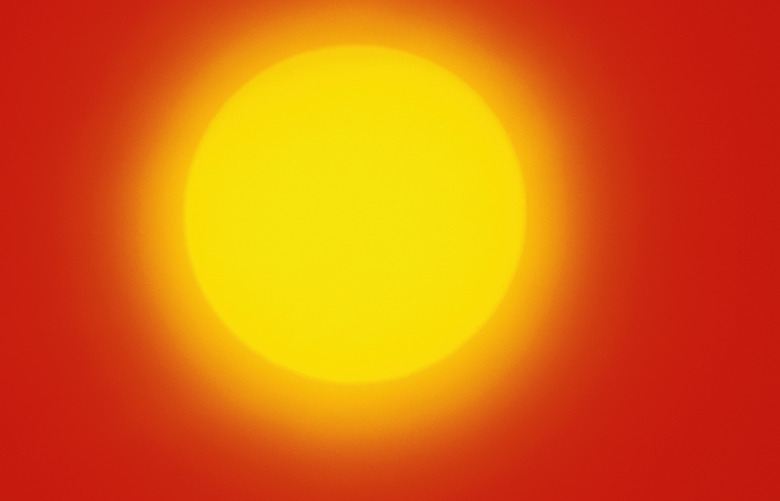When Is The Sun The Strongest During The Day?
Life could not exist on Earth with the energy and warmth from the sun; however, strong sunlight results in harm if you stay exposed for too long. The ultraviolet radiation in sunlight presents a danger to human beings and can cause sunburn or more serious problems, such as skin cancer. Knowing when the sun emits its most potent rays can help you avoid overexposure.
Time
The sun produces its strongest light between the hours of 10 a.m. and 4 p.m. Ultraviolet (UV) radiation poses its greatest threat during this time of day. One way to protect yourself is to stay indoors during these hours, if possible. If you need to be outdoors during the day, for example, to get exercise or maintain a garden, you might want to schedule these activities for the early morning or late afternoon.
Season and Location
The time of the year affects the intensity of sunlight. The greatest danger from the sun occurs during summer. For those in the United States, this means the months between May and August pose the biggest challenge in avoiding UV radiation. However, summer occurs at different times of the year in other parts of the world. Travelers should remain aware of the strength of the sunlight to which might they become exposed, depending on their location. Even in winter, exposure to sunlight can present problems. For instance, snow often reflects over 85 percent of the UV radiation it receives.
Clouds
The strength of the sun's rays can vary during the day or from one day to the next, depending on whether any clouds form. Clouds typically block some UV radiation, but the type and size of the cloud dictates the amount that gets through. Clouds can affect the time of day that the strongest UV radiation occurs. For example, the peak hours of 10 a.m. to 4 p.m. might have cloud cover that dissipates later in the day.
Protection
You want to protect yourself against the potential danger from the sun at all times, not just the sun's peak hours. The U.S. Environmental Protection Agency has developed an index to assist people in assessing the danger from sunlight on any particular day. The index rates the threat from UV radiation on a scale from 2 to 11+, based on cloud cover and other local factors. The EPA advises those going out into the sun to wear protective clothing, apply appropriate sunscreen and seek out shade when possible, to reduce their risk of skin damage.
